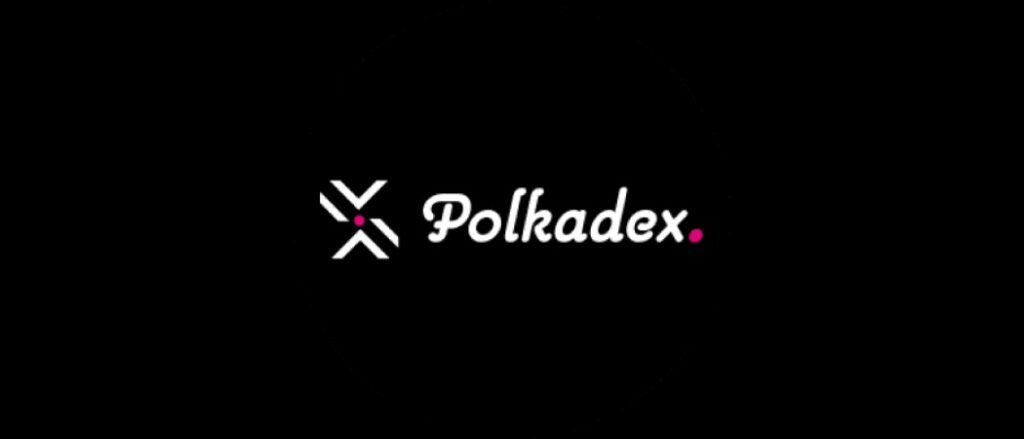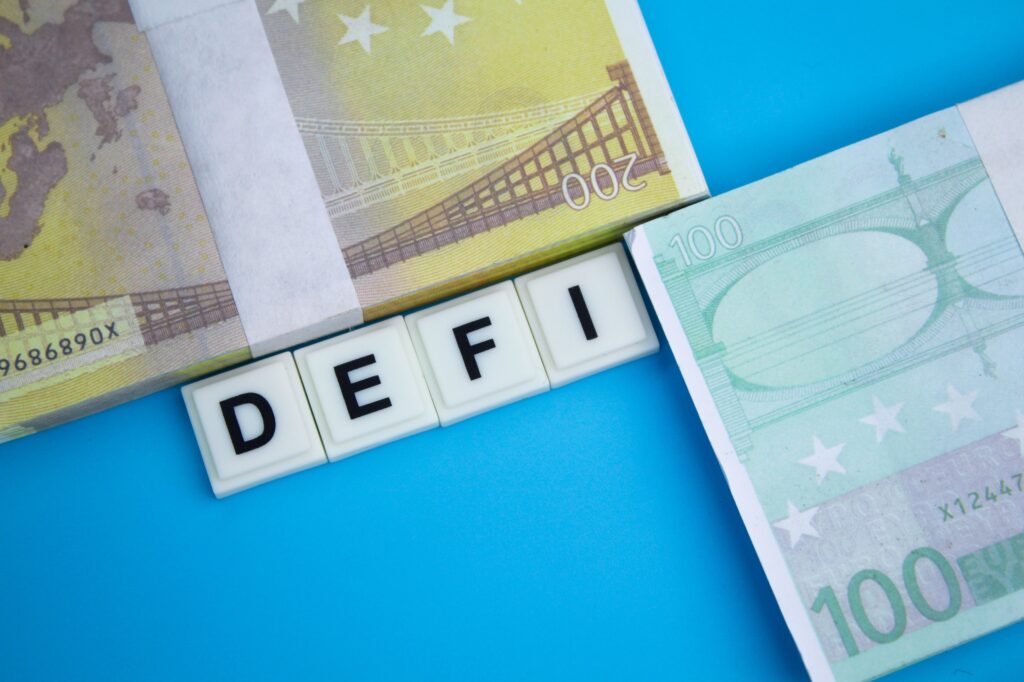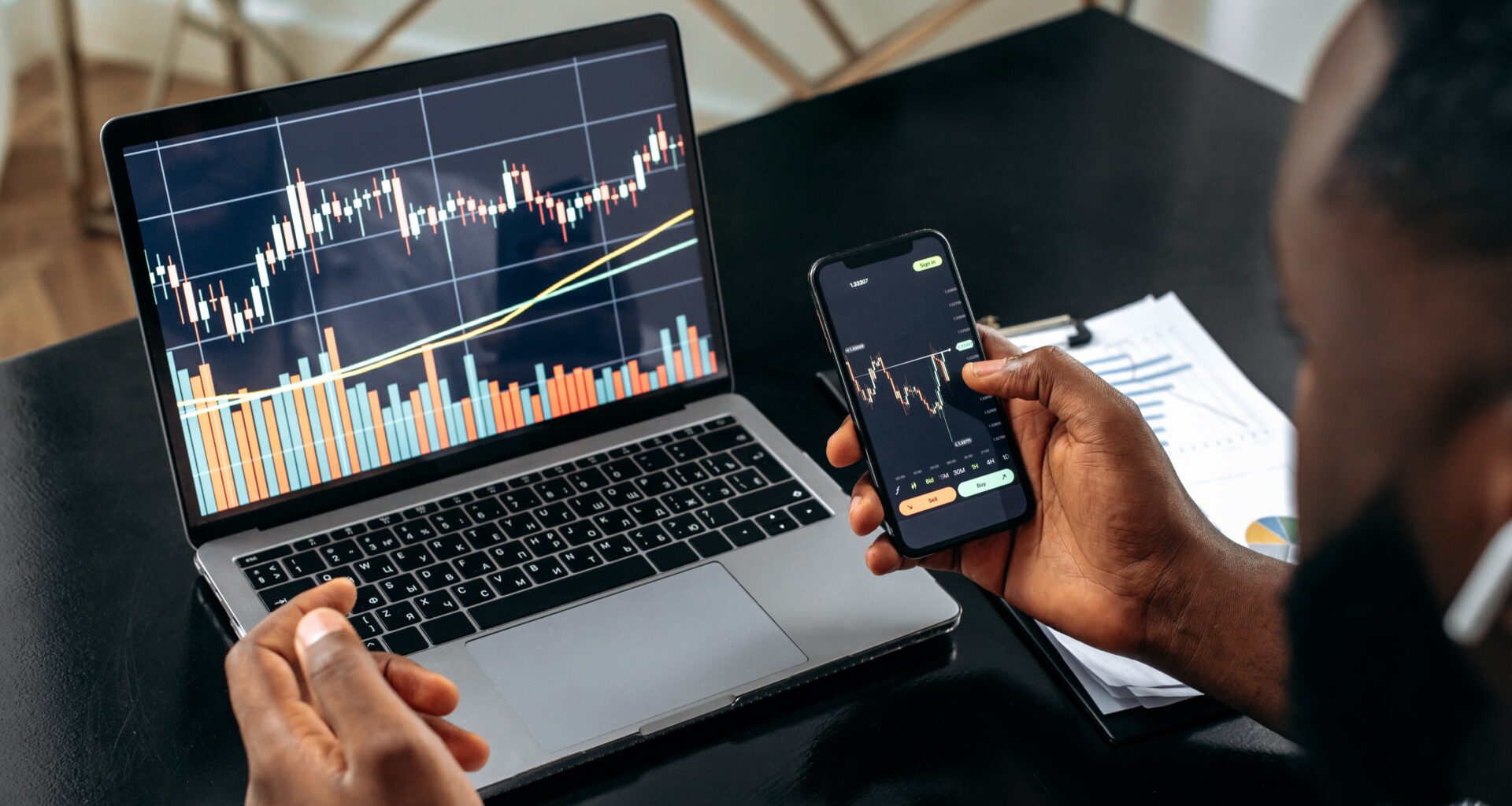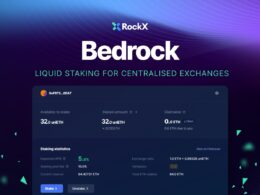Decentralised Finance (DeFi) has been gaining popularity in recent years as an alternative to traditional financial systems. And one of the key innovations in the DeFi space is the emergence of decentralised exchanges (DEX), which allow users to trade cryptocurrencies without relying on a centralised exchange or intermediary.
An Introduction to DEXs

Unlike centralised exchanges, which are controlled by a single entity and often require users to provide personal information, DEXs operate on a distributed network of computers and allow users to retain control of their assets. This means that users can trade cryptocurrencies directly with one another without the need for a middleman.
DEXs offer several benefits over centralised exchanges, including decentralisation, transparency, better security, and more privacy. They typically use automated market makers (AMMs) or order books to facilitate trades.
While DEXs are still a relatively new concept and face some challenges, such as low liquidity and high gas fees, they offer a promising alternative to centralised exchanges for those prioritising privacy, security, and decentralisation.
The Order Book Model for Trading

The order book model is one of the models used by DEXs to facilitate the trading of cryptocurrencies. It differs from other DEX models in how it matches buyers and sellers and determines the price of assets.
In the order book model, buy and sell orders are displayed in a centralised order book listing all the current orders for a specific cryptocurrency pair, such as BTC/ETH. The orders are sorted based on price and time priority, with the best bid (highest buy price) and best ask (lowest sell price) at the top of the book. Traders can place limit orders, specifying the price and amount they want to buy or sell, or market orders, which are executed at the best available price.
When a buy-and-sell order matches, the trade is executed, and the assets are exchanged. The price of the trade is determined by the price of the order at the top of the order book, which is the best available price for the trade at that moment. The order book is constantly updated as new orders are placed, or existing orders are filled, creating a dynamic market with real-time price discovery.
In contrast, in an AMM model, liquidity pools are used to enable trading without an order book. Traders can swap one cryptocurrency for another by depositing their assets into the pool, which sets the price based on a mathematical formula that balances the supply and demand of the assets in the pool.
Polkadex: A Non-custodial Order Book DEX

Founded in 2020 by Deepansh S. and Gautham J., Polkadex is a fully decentralised peer-to-peer order book-based cryptocurrency exchange for the DeFi ecosystem.
Built on Substrate, Polkadex aims to provide fast, secure, and low-cost trading for digital assets. The platform is designed to be highly scalable, supporting high trading volumes and providing a seamless user experience.
PDEX is the native token of the exchange, which is a $14.25 million cryptocurrency trading at $1.91 at the time of writing. The project had a SAFT-based token PreSale in Q4 2020 and a public sale in Q1-Q2 2022.
In the second half of 2021, the team had the mainnet launch of the DEX, and about a year later, the Polkadex order book also went on the mainnet while the mobile app had a public testnet. In 2023, the team plans to have its mobile app on the mainnet, integrate with trading bots and market makers, bridge with ETH and Polygon, and launch derivatives and structured products on the platform.
Using a Hybrid Approach

Unlike other DEXs, Polkadex uses a hybrid approach that merges the AMM, a commonly used model in most DEXs, with the order book model used by the centralised exchanges.
The AMM model enables the platform to maintain liquidity and allows users to trade assets without needing a counterparty, whereas the order book model allows users to place limit orders to buy or sell assets at a specific price, providing users with more control over their trades. And by combining both models, Polkadex can provide its users with the benefits of both models leading to a more efficient and flexible trading platform for users.
By utilising the power of the Polkadot network, the DEX can further provide an interoperable trading experience without compromising the security of assets. This further improves liquidity and accessibility for users, enabling them to trade assets from different blockchains without any hassle.
Order Book Model’s Benefits for Decentralised Trading
The order book model provides a transparent way for buyers and sellers to place orders and for the exchange to match these orders. This leads to improved price discovery, as the market forces of supply and demand determine the price of an asset. In contrast, other trading models, like AMMs, rely on complex algorithms to determine the price of an asset, which can result in less accurate pricing.
Moreover, in the order book model, the exchange displays all open orders, including the price and quantity of each order. This transparency provides greater trust in the exchange, as traders can see that their orders are being executed fairly and on time.
Ideal for liquid markets, order book exchanges reduce the risk of slippage and are widely accepted by both institutional and retail traders alike. However, they do face the risk of front-running.
D5 Exchange: A New DEX

D5 Exchange is the latest entrant in the DEX scene, which will be released in March 2023. It is an on-chain trading platform that combines the power of Order Books and AMMs to provide a revolutionary trading experience.
As an on-chain order book DEX, orders here are stored within the blockchain, thereby eliminating the requirement for external servers for transaction storage.
The platform is powered by Gridex Protocol and uses the Grid Order Maker Book (GMOB) model to enable instant trading of ERC20 tokens. D5 Exchange also offers liquidity from internal makers’ trading needs and external sources like Uniswap V2, V3, and Curve.
The platform is fully decentralised, offering users complete control of their assets and no impermanent loss or slippage. Additionally, D5 Exchange offers low costs, high order fill rates, and quick transactions through Ethereum Layer 2 networks like Arbitrum and Optimism.
Leveraging Order Book Model to Improve User Experience
With its unique features and focus on user experience, D5 Exchange aims to lead the charge in the future of DeFi.
By leveraging the power of the order book model, D5 provides users with a high degree of price transparency and accuracy as well as an efficient trading experience. Gridex’s proprietary Grid Order Maker Book (GMOB) model meanwhile allows the platform to enable the instant trading of ERC20 tokens with plans to add more chains in the future.
Additionally, the exchange operates on a layer-2 solution, allowing high-speed, low-cost trading without sacrificing security.
This way, the order book model allows D5 to offer several advantages to users in the form of improved price discovery, liquidity, transparency, and flexibility. These advantages help to create a more efficient and fair trading environment for cryptocurrency traders.
How Do Order Book DEXs Compare to Other DEXs

Order book DEXs like Polkadex and D5 Exchange are just one of several currently used DEX models. Each model has its own strengths and limitations, which may make them more or less suitable for different use cases and trading strategies.
For instance: D5’s on-chain order book mechanism is considered the most decentralised, but its effectiveness depends on the blockchain’s processing capacity and the associated gas costs.
AMMs are a popular DEX model that relies on algorithms to determine the price of assets. While AMMs can offer a simpler user experience and are more resistant to market manipulation, they may also result in less accurate pricing and less liquidity than order book DEXs.
Meanwhile, Peer-to-peer (P2P) trading involves users directly trading with each other without the need for an intermediary. While P2P trading can be highly decentralised and offer greater privacy, finding counterparties may also be more difficult. It may also lack the same level of liquidity as order book DEXs.
Some DEXs also use auction-based models, where traders submit orders, and the exchange matches them based on price and time priority. While good for greater transparency and price discovery than other models, they may also result in slower trade execution and less liquidity.
This shows that order book DEXs like Polkadex and D5 Exchange offer several advantages, including improved price discovery, liquidity, and transparency over other DEX models.
The Future of Decentralised Trading

Decentralised trading has experienced significant growth in recent years, with the rise of DEXs playing a major role in this growth. As the technology underlying DEXs continues to evolve, there is significant potential for further growth and adoption in the coming years.
One area where we may see continued growth and innovation is in the order book model for DEXs. We may also see more DEXs offering cross-chain trading, allowing users to trade assets across different blockchains, as the number of blockchain networks continues to grow.
One key area where decentralised trading still lags behind centralised trading is in user experience. However, as the technology underlying DEXs continues to improve, we may see more user-friendly interfaces and streamlined processes.
The future of decentralised trading surely looks promising, with continued innovation and growth expected in the years to come.
Conclusion
Order book DEXs like Polkadex and D5 Exchange represent a significant step forward in the evolution of decentralised trading. These exchanges offer several advantages over other trading models, including improved price discovery, liquidity, and transparency, making them a preferred choice for many cryptocurrency traders.
By providing a more efficient and transparent trading environment, order book DEXs are helping to further the adoption of decentralised trading and increase the overall efficiency of the cryptocurrency market. They also give users greater control over their assets without needing a centralised intermediary.
As the technology underlying DEXs continues to evolve, we expect to see even more innovation and growth in the space.









